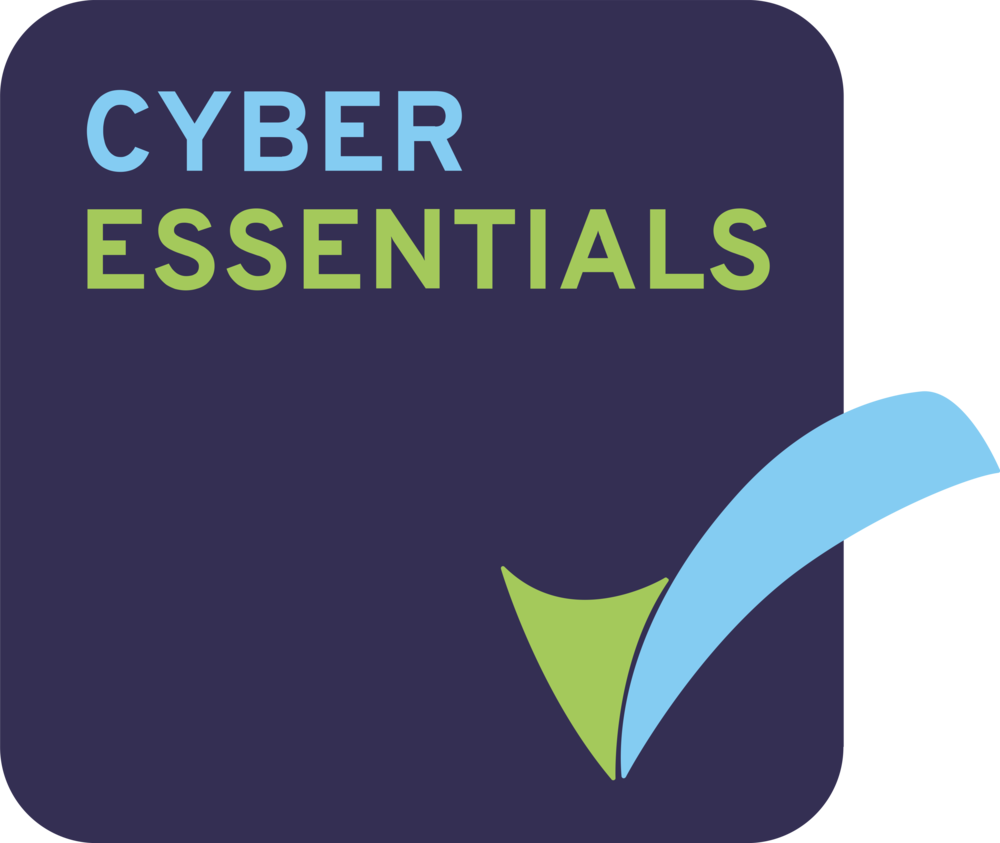Challenges Contact Centres face during COVID-19
As the nation reacts to contain the virus, organisations need to be ready to adapt and do what is right for their staff, colleagues and customers, which includes ensuring remote contact centre agents are working efficiently.
However, as organisations swiftly move to enable their staff to operate remotely, they are inevitably faced with a number of challenges:
- Providing customers with the right support: Ensuring customers can continue to reach the right agent on their contact channel of choice
- Re-optimising workforce schedules: Adapting to changing workforce availability whilst workforce planning as these are likely to be affected due to illness, technology mishaps or unexpected circumstances
- Communicating with staff: Requiring an effective way to notify staff of changes when re-optimising and/or making changes to schedules
- Agent schedule adherence: Ensuring agents are performing even when working remotely
- Quality monitoring: Continuing to deliver the expected quality of service
In order to combat challenges around remote contact centre agents, organisations might want to consider the following options:
1. Transitioning to a home-based working environment within 48 hours
It might sound too good to be true, but with a no charge software option for 60 days (and a nominal set up fee) with the option to extend, CXone@home can transition your contact centre agents to a home-based working environment quickly and efficiently.
Activated in 48 hours and with unlimited scale, this option is an extremely good one for contact centres who are requiring business continuity.
Related Content [Whitepaper]
10 Best Practices for Remote Agent Success
2. Route communications to agents regardless of location
Cloud communications management is another option to support remote working contact centre staff in the eventuality of self-isolation. This technology avoids any disruption to customers by simply intercepting a call in the cloud and routing it to an agent mobile or landline (whilst ensuring the call is being recorded).
As well as this, contact centre managers can maintain visibility of all communication activity in and out of their organisation and manage these in real-time across all employees, teams, departments and locations.
3. Ensure your agents mobiles are being recorded
Mobile Call Recording provides an opportunity for organisations to ensure their staff are operational whilst working from home and most importantly meeting business and compliance processes.
These solutions can be rapidly deployed in days and require no IT requirements for set up.
4. Deliver customer service across all channels
One of the biggest challenges with on premise contact centre solutions which many organisations will be trying to combat , is that unless planned for, agents need to be on site in order to continue working. However, with Cloud Based Contact Centre technology, these barriers are removed, providing your agents with the flexibility to work remotely whilst still delivering customer service across all touchpoints.
You can find more information on cloud contact centre technology in our article: What to consider when moving to a Cloud Contact Centre.
5. Plan & schedule your workforce with workforce planning
Workforce management is a pivotal tool in helping contact centres effectively plan and schedule the right number of agents at the right time with the right skillset. Particularly in this current climate. ‘What -If’ scenario planning (a feature within WFM systems) for example, can help you model the impact of COVID-19 on your contact volumes enabling you to schedule the correct number of agents needed whilst workforce planning. Schedule re-optimisation within workforce management can also enable you to react quickly and efficiently, for example, if a significant number of workers contract the virus at the same time.
Related Content [Whitepaper]
12 Reasons Why Today’s Modern Contact Centre Needs WFM
6. Remain operational in the Back-Office
It’s not just your front office that will need to be managed remotely during this time. Your back office will also need to remain operational in order to ensure that customer demands are being met. Already a challenge in co-located offices, understanding who is working on what and assessing the quality of work being produced can be a minefield, especially when throwing a remote workforce into the mix.
Deploying a back office workforce optimisation tool can provide you with detailed information for every activity, every resource and every customer request so that nothing falls through the cracks. With a back office workforce optimisation tool you are also able to automatically match work with the most appropriate resource in line with business priorities.
- Make sure you clearly document and communicate company policies and procedures
- Provide them with a “Work from Home” booklet that they can reference as and when they need
- Set regular quality monitoring sessions to ensure your agents are still getting the support and training they need to perform at the required standard
- Be available to answer any questions as and when your agents require
- Be sure to recognise remote agents for a job well done
- Implement Gamification to engage your workers
You can find out more information on Back-Office productivity in our article: How to measure productivity in the Back-Office.















